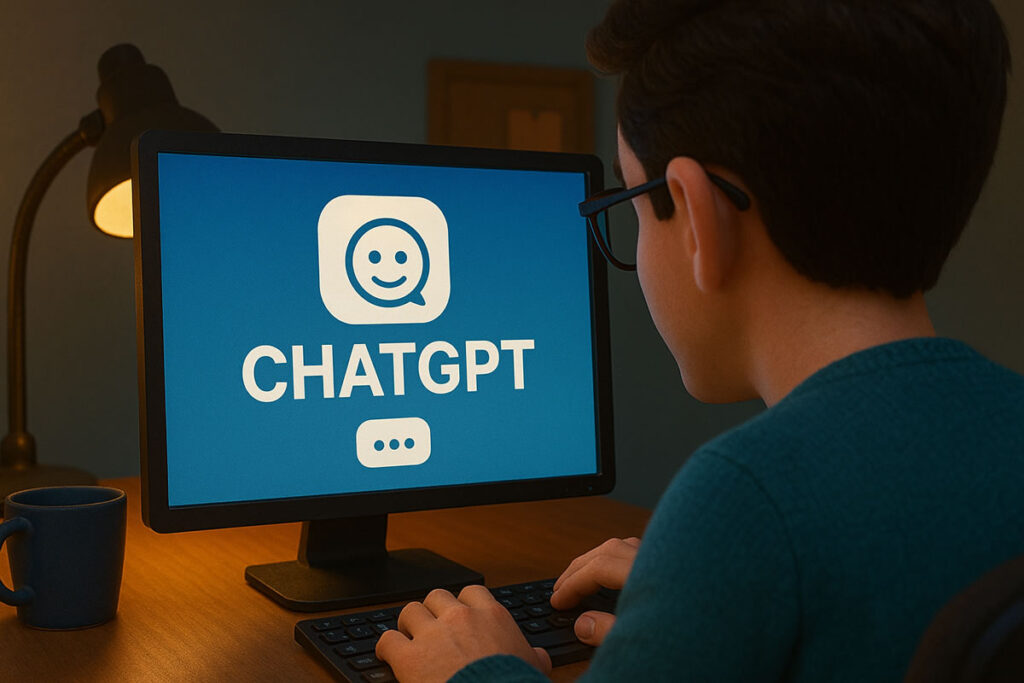ChatGPT by a bloke who talks to AI and occasionally yells at it

Let’s clear something up straight away – ChatGPT is not Google.
It’s not there to serve up a bunch of links you’ll never click, or tell you how tall Chris Hemsworth is (although yes, it can do that too).
ChatGPT is much more than that. It’s like having an entire team of experts crammed into your laptop — and they don’t ask for a lunch break or spend half the day in meetings that should’ve been emails.
But — and this is a big but — if you treat ChatGPT like it’s just a cleverer version of Ask Jeeves, you’re using about 2% of what it can actually do. That’s like buying a Ferrari and only using it to drive to the letterbox.
So, What’s the Trick?
To make the most of ChatGPT, you’ve got to think differently. Don’t ask it random one-liners like you’re shouting into the void. Instead, treat it like a collaborator — a consultant, even. Someone (or something) that can take on a specific role, understand the brief, and deliver results without muttering about their KPI dashboard.
Here’s how I use it. Whether I’m wrangling website code, whipping up social media ideas, or fixing WooCommerce problems that make grown men cry, I follow this dead-simple formula — and it works.
The Prompt Blueprint That Doesn’t Suck
1. Start with the Role
Tell ChatGPT who it needs to be.
“You are a business consultant…”
“You are a copywriter…”
“You are a web developer with 20 years of experience and a caffeine addiction…”
This sets the tone. Otherwise, it’ll respond like a shy librarian guessing wildly.
2. Clearly State the Task
Spell out what you want — properly.
“Write a 5-day meal plan…”
“Create a basic marketing plan for a homewares store…”
“Fix this CSS that’s making my website look like a dog’s breakfast…”
3. Give It Context or a Goal
This is where the magic happens. Tell it why you need the thing.
“…for busy mums with toddlers.”
“…for a business on a tight budget.”
“…for someone who thinks Excel is a type of dishwashing liquid.”
4. Specify the Format (Optional, but seriously, do it.)
Guide the output.
“Bullet points under 500 words.”
“Step-by-step guide.”
“Table format with deadlines.”
5. Set the Tone
Because no one wants a funeral speech when they asked for a blog post.
“Friendly and engaging.”
“Professional but supportive.”
“Like Jeremy Clarkson on a caffeine high.”
Put it all together…
You are a small business coach. Write a simple 1-page business plan for a new eco-friendly laundry service in regional Australia. It’s for a sole trader just starting out, and the tone should be supportive but professional. Use bullet points and keep it under 500 words.
Boom. That prompt will get you something usable — not some vague, AI-generated waffle about “synergising your scalable detergent solutions.”
So, next time you open ChatGPT, remember: you’re not talking to a search bar. You’re giving instructions to the world’s most versatile intern. Use it well — and it might just make you look smarter, faster, and dangerously efficient.
Now if it could only make coffee…

